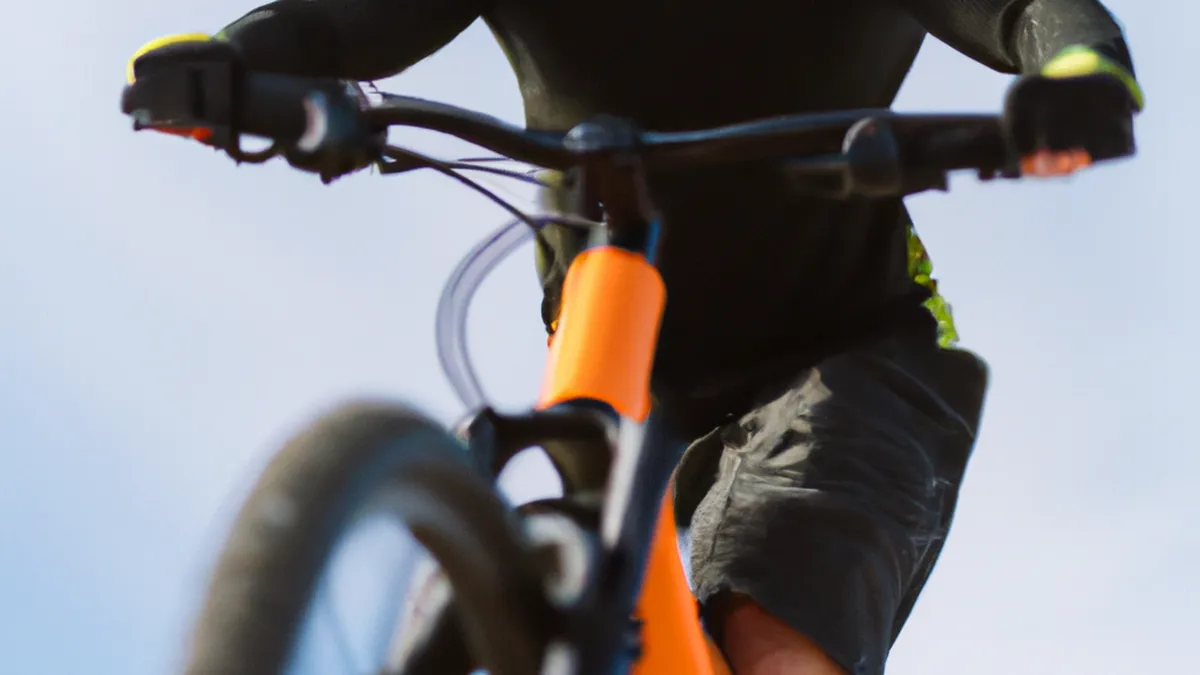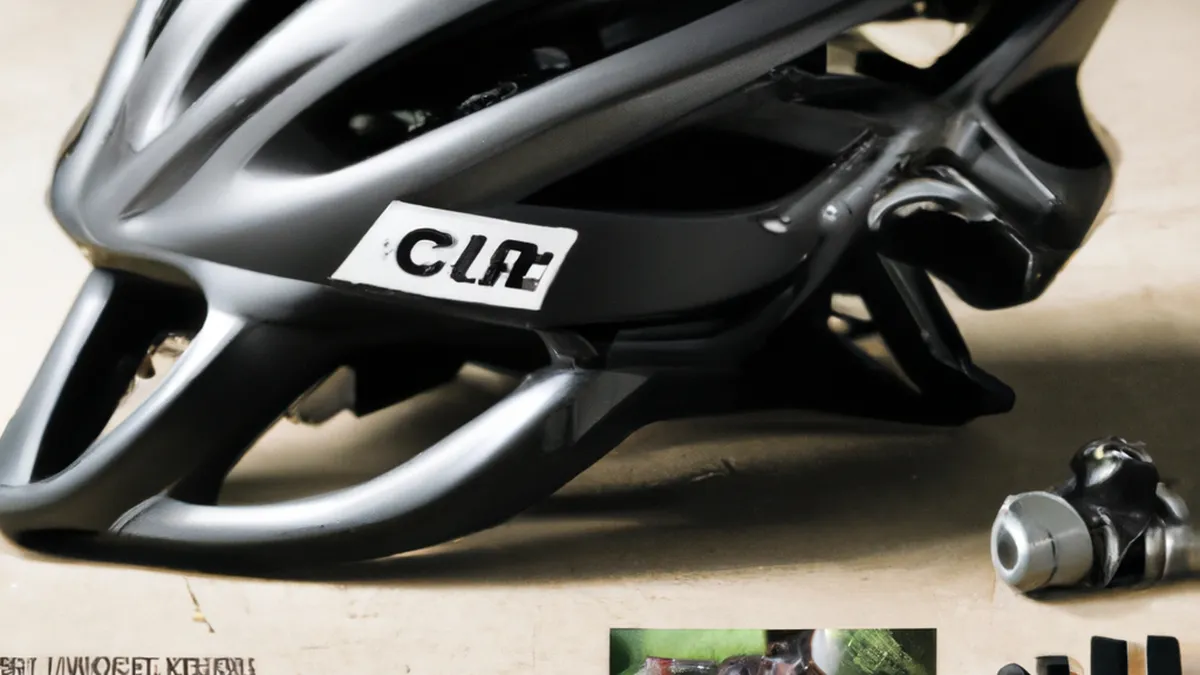Core Stability: Key to Better Cycling Skills
Developing Core Strength for Better Bike Control
As an Amazon Associate I earn from qualifying purchases.
Gear tip: consider running shoes, gps running watch and hydration vest to support this workout.
Cycling combines speed, endurance, and balance. Many cyclists overlook core strength, which enhances bike control and stability. This blog explores how to develop core strength and its importance for cyclists.
Why Core Strength Matters
Your core includes abdominal, lower back, hips, and pelvis muscles. These muscles stabilize your body while riding. A strong core helps maintain proper posture and improves bike control. Additionally, core strength absorbs shocks from the terrain, making rides smoother.
Improved Balance
Strong core muscles enhance balance on the bike. A stable core helps you stay upright when hitting bumps or potholes. This stability reduces falls and accidents. Good balance also allows you to navigate tight turns confidently.
Enhanced Power Transfer
Your core stabilizes your upper body, transferring power from your legs to the bike. When you pedal, a strong core enables maximum power generation. As a result, you accelerate faster and climb hills efficiently.
Reduced Fatigue
A strong core maintains proper riding posture, reducing strain on your back and shoulders. This alignment allows longer rides without fatigue. Endurance cyclists benefit from maintaining energy over long distances.
Tips for Developing Core Strength
Building core strength requires time and consistency. Here are effective exercises to incorporate into your routine.
Planks
Planks engage your entire core. Start in a push-up position, resting on your forearms. Maintain a straight line from head to heels. Hold for 30 seconds to a minute, gradually increasing time as you strengthen your core.
Bicycle Crunches
Bicycle crunches target obliques and rectus abdominis. Lie on your back with hands behind your head. Bring your knees to a 90-degree angle. Lift shoulders off the ground and twist to touch the opposite knee. Aim for 15-20 repetitions on each side.
Russian Twists
Russian twists improve rotational strength for bike handling. Sit with knees bent and lean back slightly. Hold a weight or medicine ball with both hands. Twist your torso side to side. Perform 10-15 twists on each side.
Dead Bugs
Dead bugs focus on core stability. Lie on your back with arms extended toward the ceiling. Raise legs to a 90-degree angle. Lower one arm and the opposite leg toward the ground. Switch sides and aim for 10-15 repetitions.
Advice for Incorporating Core Workouts
Consistency is key in developing core strength. Include core workouts in your routine at least three times a week. Add these exercises to your existing strength training or cycling workouts. Focus on proper form to maximize effectiveness and prevent injuries.
Combine with Cycling
Integrate core exercises into your cycling sessions. For example, perform a plank after hill climbs. This combination reinforces muscles used while riding and illustrates core strength’s impact on performance.
Set Realistic Goals
Set achievable goals when starting core strength training. Aim to hold a plank for 30 seconds. Gradually increase time or repetitions as you progress. Celebrate achievements to stay motivated.
Benefits of Core Strength for Cyclists
Improving core strength provides numerous benefits beyond bike control. Here are some advantages:
1. **Increased Endurance**: A strong core allows longer rides without fatigue, crucial for long-distance cycling.
2. **Better Posture**: Core strength promotes alignment, reducing strain on your back and shoulders. Good posture enhances ride comfort.
3. **Injury Prevention**: A strong core stabilizes movements, minimizing injury risk. This stability is vital for cyclists who ride hours.
4. **Enhanced Performance**: Ultimately, a strong core leads to better cycling performance. You can climb hills faster and maintain speed on flat terrain.
Conclusion
Developing core strength is essential for improving bike control. A strong core enhances balance, power transfer, and reduces fatigue. Incorporate exercises like planks, bicycle crunches, and Russian twists into your routine. Stay consistent, set realistic goals, and enjoy the journey. With time and effort, experience the benefits of a stronger core on your next ride.
Below are related products based on this post:
FAQ
Why is core strength important for cyclists?
Core strength is crucial for cyclists as it stabilizes the body while riding, helps maintain proper posture, and improves bike control. A strong core absorbs shocks from terrain, enhances balance, and enables better power transfer from the legs to the bike, ultimately leading to improved performance and reduced fatigue during rides.
What are some effective exercises to develop core strength?
Effective exercises for developing core strength include planks, bicycle crunches, Russian twists, and dead bugs. These exercises engage various core muscles and help build stability and strength essential for cycling. Incorporating them into your routine at least three times a week is recommended for optimal results.
How can I integrate core workouts into my cycling routine?
You can integrate core workouts into your cycling sessions by performing exercises like planks after hill climbs or during breaks. This combination reinforces the muscles used while riding and allows you to feel the direct impact of core strength on your cycling performance. Setting realistic goals and focusing on proper form will help maximize effectiveness.















Post Comment